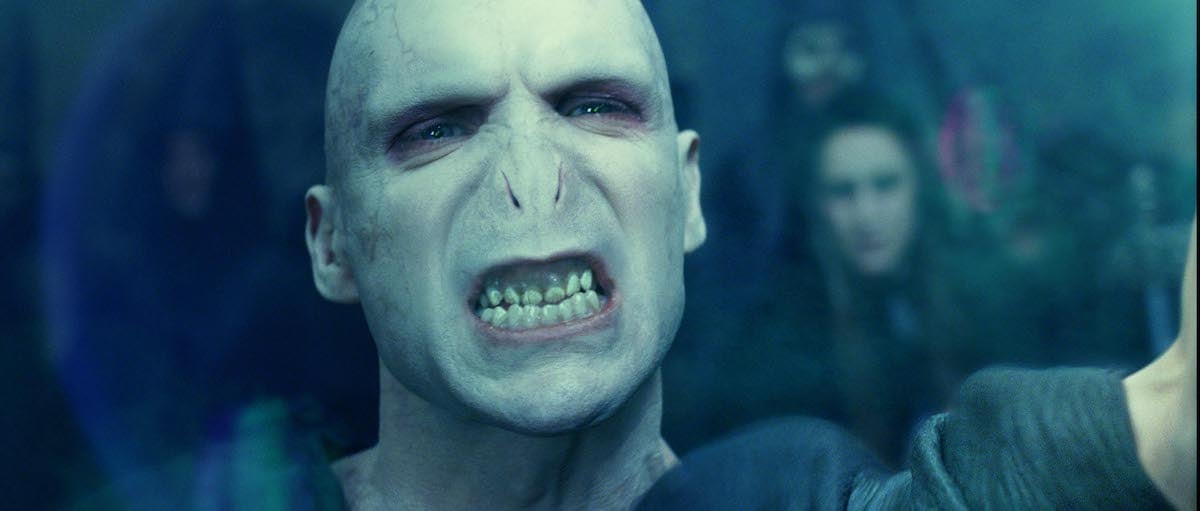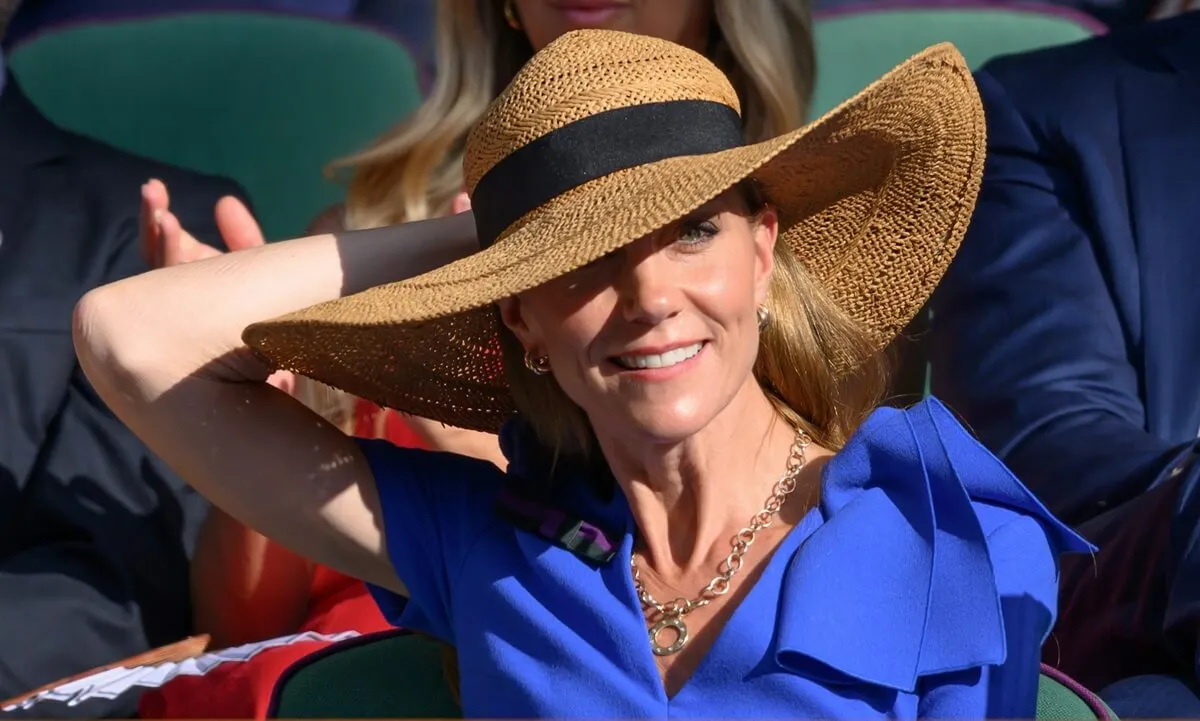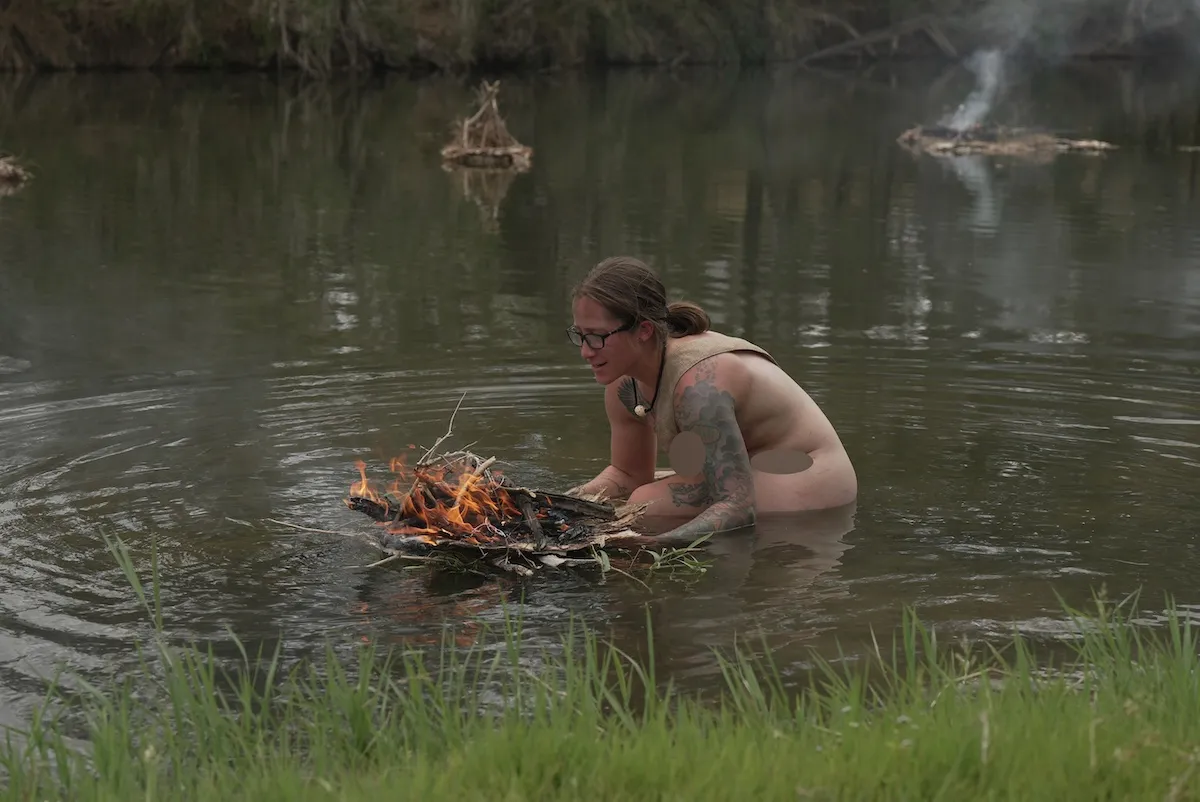‘Harry Potter’: A Jaw-Dropping Secret About Voldemort’s Horcruxes Has Been Revealed
Harry Potter captured our imagination when J.K. Rowling published the first book, Harry Potter and the Sorcerer’s Stone back in 1999. Almost as soon as it was published it became a global bestseller with Warner Brothers purchasing the rights to the books for films. By 2001, the first film starring Daniel Radcliffe as Harry, Emma Watson as Hermione Granger, and Rupert Grint as Ron Weasely had debuted.
For the next decade, fans flocked to bookstores and then to movie theaters to watch the saga of Harry Potter’s life unfold. As much as the story is a coming-of-age tale about a seemingly ordinary boy who discovers his magical powers and finds a home at Hogwarts School of Witchcraft and Wizardry, Harry Potter also has some dark elements.
From the moment he steps foot into the Wizarding World, Harry learns of Lord Voldemort, the Dark Wizard who killed his parents, and over the course of seven books and eight films, we watch the men go head to head. A key to Voldemort’s longevity was his Horcruxes. Now, a new detail about the Horcruxes in the films just revealed something jaw-dropping.

What are Lord Voldemort’s seven Horcruxes?
In the Dark Arts Wizarding book, Magick Moste Evile, the Horcrux is mentioned briefly. The entry reads, “Of the Horcrux, wickedest of magical inventions, we shall not speak nor give direction.” However, Harry, Hermione, and Ron soon discover that the Horcruxes have allowed Lord Voldemort to become immortal. A Horcrux is formed when a Dark witch or wizard hides a piece of their soul in an object.
However, a Horcrux can only be formed after that wizard or witch has committed the evilest act, murder. Lord Voldemort was no stranger to murder and as a result, he was able to form seven Horcruxes that he hid around the Wizarding World, they included:
- Tom Riddle’s diary
- Marvolo Gaunt’s Ring
- Salazar Slytherin’s Locket
- Helga Hufflepuff’s Cup
- Rowena Ravenclaw’s Diadem
- Harry Potter
- Nagini the Snake.
Lord Voldemort looked increasingly disheveled every time a Horcrux was destroyed
In the Harry Potter films, there were many iterations of Voldemort, in the Sorcerer’s Stone he was a ghost-like head attached to Professor Quirrell’s skull. In Harry Potter and the Chamber of Secrets, we saw him in his prime as Hogwarts student, Tom Riddle. The in Harry Potter and the Goblet of Fire he was the skeleton baby figure that eventually transformed into Ralph Finnes’ Voldemort dressed in flowing black Wizarding robes.
However, in the final films, Harry Potter and the Deathly Hallows Part I and Part II, as Harry, Ron and Hermione began destroying the Horcruxes, Voldemort looked increasingly disheveled. According to Digital Spy, the Harry Potter costume designers intentionally made Voldemort’s robes shabbier as the movies progressed.
Wizarding World said on Instagram, “Voldemort’s robes faded in color every time a Horcrux was destroyed, to give the impression he was slowly fading away.”
How were Lord Voldemort’s seven Horcruxes destroyed?
When Harry Potter destroyed Tom Riddle’s diary in the Chamber of Secrets, he didn’t even know what it was. Later, Dumbledore destroyed Marvolo Gaunt’s Ring in Harry Potter and the Half-Blood Prince just before he died. Ron destoyed Salazar Slytherin’s Locket with Gryffindor’s sword in Harry Potter and the Deathly Hallows Part I. Hermione destroyed Helga Hufflepuff’s Cup in Harry Potter and the Deathly Hallows Part II. Harry destroyed Rowena Ravenclaw’s Diadem in Part II as well.
Voldemort destroyed the Horcrux in Harry Potter, in the last film as well, but he didn’t realize what he’d done until after attempting to kill the Boy who Lived. Finally, in that same film, Neville Longbottom was responsible for killing, Nagini the Snake.


